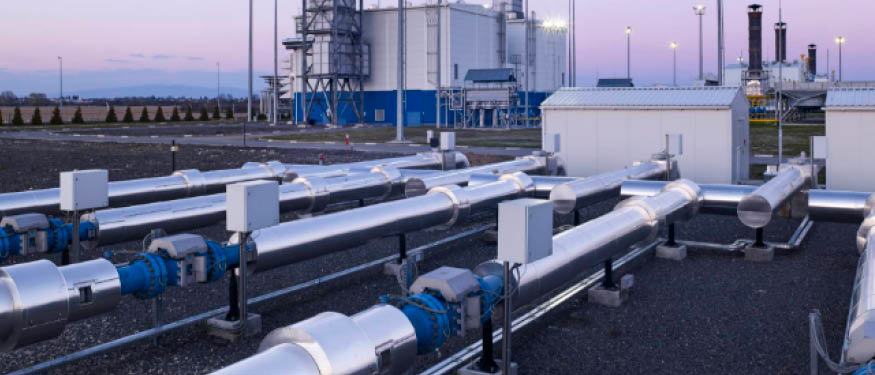The energy infrastructure in Kosovo has not undergone major change over the past few decades. Due to high reserves of lignite, 97% of Kosovo’s electricity generation comes from two aging coal power plants. Unfortunately, lignite-coal of the kind found in Kosovo is among the most polluting and least efficient sources of energy. Consequently, Kosovo’s infrastructure is outdated and a major source of air pollution.
Emitting for more than 50 years, Kosovo’s two coal plants – Kosovo A and Kosovo B – do not possess the capacity to adapt to, support, or handle current demand in the country. In order to meet this demand, the Government of Kosovo is rehabilitating the Kosovo B power plant, which is more than 30 years old, to bring it in compliance with the European Union Directives, and is building a new, more efficient, lignite-fired power plant to replace the 45-year-old and highly polluting Kosovo A power plant.
Kosovo’s large lignite resources – a total of 12.5 billion tonnes – are reported to be the second largest in Europe and fifth largest in the world. Kosovo A and Kosovo B are supplied with lignite from the nearby Sibovc Southwest and Sitnica mines. Kosovo has no oil or gas extraction and no gas import infrastructure, although it is interested in building a pipeline to connect to the Trans-Adriatic Pipeline.
Until recently, a project that would include the building of a power plant with a capacity around 450 MW net – Kosova e Re – was under development. Unfortunately, the project was interrupted when both the World Bank and the EBRD announced that they would not provide necessary financing, leaving only the U.S. International Development Finance Corporation and various credit agencies as potential financiers.
Kosovo does not have plentiful water resources like other Balkan countries, but construction of small hydropower plants has still sped up in recent years – and begun generating controversy, as several of them are situated in protected areas.
The Long-Term Strategy on Energy
In the long run, Kosovo has several targets in the energy sector, including a renewable energy target of a 25 percent share in the final gross consumption of energy by 2020, according to the Energy Community Treaty. In 2017, it achieved a renewable energy share of 22.9 percent, putting it on track to meet this target.
However, this was mostly achieved by household use of woods biomass, not by investing in renewable energy. Kosovo’s first major wind farm is the 32 MW Kitka plant, which started operating in late 2018. In December 2019, the ERBD approved a loan for the 105 MW Bajgora plant.
The energy sector also occupies an important place in the Stabilization and Association Agreement, which entered into force on April 1, 2016. Under Article 114 of this Agreement, Kosovo must satisfy the obligations related to integration into the common regional market involving the Parties Energy Community Contractor. In order to meet these targets, the Government of Kosovo has drafted the National Energy Strategy for the period of 2017-2026.
The Strategy is based on five main objectives: (i) Ensuring a stable and quality supply of electricity and capacity required for a stable electricity system; (ii) Integrating into the Regional Energy Market; (iii) Increasing the existing capacity of thermal systems and building new capacity; (iv) Developing natural gas infrastructure; and (v) Fulfilling goals and obligations vis-a-vis energy efficiency, renewable sources of energy, and environmental protection.
In addition, Kosovo largely relies on the support and cooperation of its regional and international partners in pursuing its various goals. This cooperation takes the form of improving and diversifying supply and improving access to the energy market, in accordance with the EU acquis on the security of supply and the regional energy strategy of the Energy Community, and implementing the EU acquis on energy and efficiency resources, renewable energy, and overall environmental impact.
On a positive note, different sources such as solar and wind in Kosovo represent potential investment opportunities in the energy sector, and the common electricity market with Albania, in conjunction with that country’s existing hydropower may open the way for a more flexible electricity and energy system. Accordingly, such cooperation would lead to new and larger investments, which would significantly impact the economy.
By Ahmet Hasolli, Managing Partner, and Vjollca Hiseni, Associate, Kalo & Associates Kosovo Office
This Article was originally published in Issue 7.6 of the CEE Legal Matters Magazine. If you would like to receive a hard copy of the magazine, you can subscribe here.

















